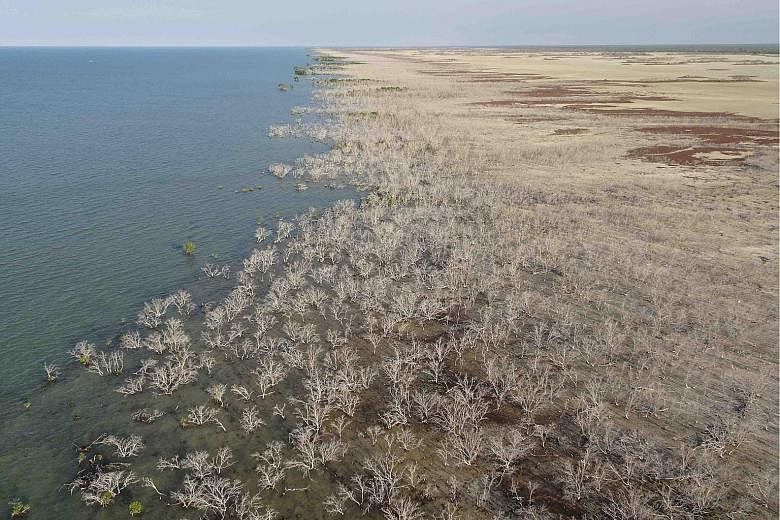Mangrove forests are one of the most unique habitats we have in Singapore. They have evolved to survive in a dynamic and stressful coastal environment, where their plants and animals must tolerate changing waves, tides and salt.
But their position between the land and sea means they are a crucial buffer for coastal populations, protecting communities from storms, trapping pollution from rivers, providing a safe nursery habitat for fish and even cooling the urban climate.
Already a subscriber? Log in
Read the full story and more at $9.90/month
Get exclusive reports and insights with more than 500 subscriber-only articles every month
ST One Digital
$9.90/month
No contract
ST app access on 1 mobile device
Unlock these benefits
All subscriber-only content on ST app and straitstimes.com
Easy access any time via ST app on 1 mobile device
E-paper with 2-week archive so you won't miss out on content that matters to you

